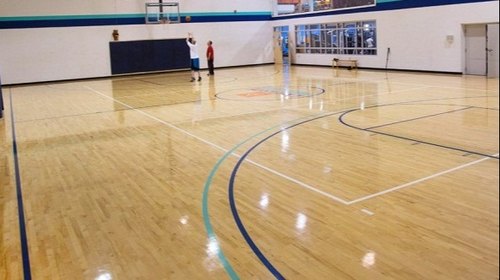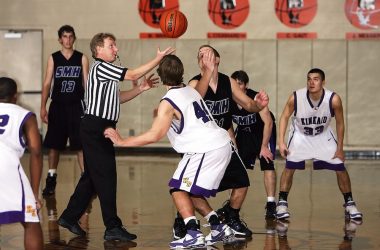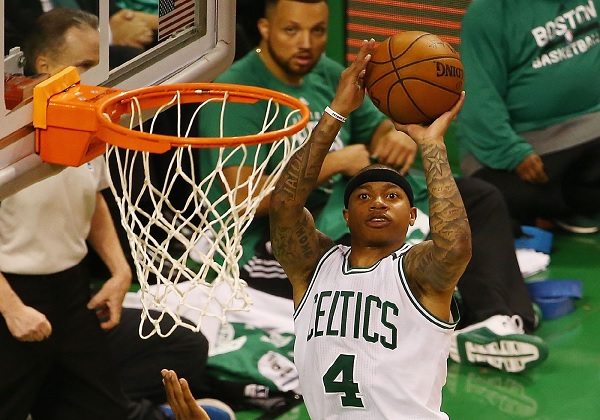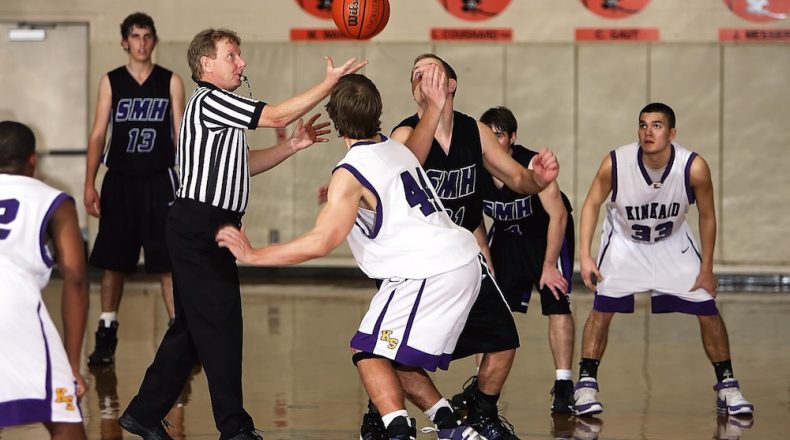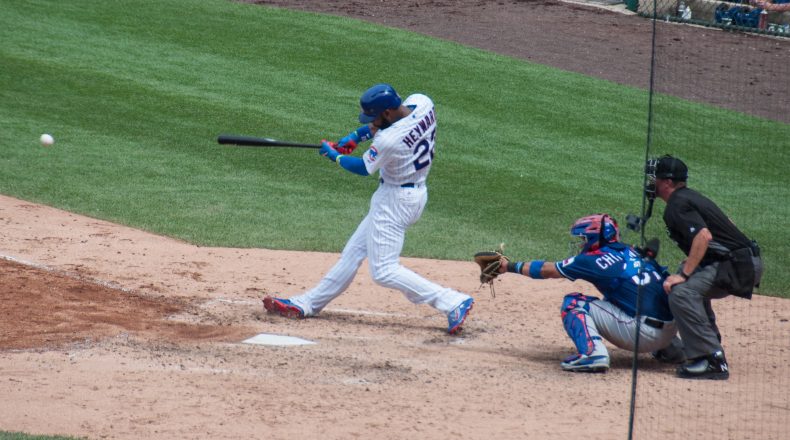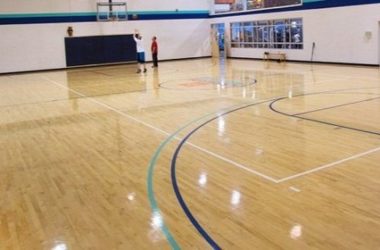Sports floors are designed to meet the demands of athletes playing on the court. There is a good chance that all the basketball courts you have encountered are made of hardwood flooring, and you may be wondering why. The various features of hardwood floors, such as durability, shock absorption, flexibility, low maintenance, and aesthetics, make them a good choice for the performance needs of basketballers.
The following key features make hardwood floors ideal for basketball courts.
Shock absorption
Besides being durable, hardwood sports flooring provides the much-needed shock absorption in a basketball court, which is key to athletic performance. Shock resistance, also known as force reduction, measures the response of the floor to athletic impact.
Unlike concrete and asphalt floors which offer no force reduction, a hardwood floor has excellent shock absorption properties ideal for basketball, dance, volleyball, and aerobic training. The high level of shock absorption provides comfortable playability, prevents injuries, and helps reduce player fatigue. Since the floor is easier on the athletes’ feet, it protects their lower extremity joints.
Basketball rebound
The shock absorption level of a sports floor directly impacts the ball’s rebound. The ball bounce is critical in basketball which explains why basketballs are used in testing ball bounces on different types of sports floors. As per the MFMA, a 93% ball rebound measurement is required. When you bounce a basketball into a softer floor, a vertical ball rebound results from high force reduction.
Surface friction
Surface friction should be well balanced in a basketball court to reduce uncontrollable slipping. Inadequate surface friction causes unnecessary slipping across the court for athletes during play, leading to injuries.
On the other hand, high friction is a hurdle for athletes during play. The finish of the hardwood sports flooring reflects how much surface friction the court is likely to maintain. In most cases, experts use a dry floor when testing the level of surface friction on a court’s floor. Ideally, the friction coefficient must meet the required industry standards.
Vertical deflection
Let’s use the example of a concrete floor and a trampoline to understand vertical deflection. Usually, zero deflection occurs when you jump on a concrete floor, while a vertical deflection of several inches results upon jumping on a trampoline. More vertical deflection happens on floors with high shock absorption, such as hardwood sports floors.
Vertical deflection enhances foot stability, especially in sports where it is critical such as basketball, volleyball, dance, and aerobics which explains why hardwood floors are suitable.
Area deflection
This refers to the energy dispersed across a hardwood floor upon an athlete’s impact. The area deflection calculates the capability of the floor to contain the deflected area, one of the performance features of hardwood sports floors.
Aesthetics
Last but not least, hardwood sports floors are aesthetically pleasing, making them an excellent choice for professional basketball courts. Hardwood flooring has many styles, including a herringbone floor with densely compressed fine fibers to ensure the surface remains splinter free even during high performance. It is also easy to clean and maintain.
conclusion
The consistency of the features mentioned above makes hardwood sports flooring excellent for basketball courts.


